Air plants, scientifically known as Tillandsia, have become wildly popular among plant lovers and interior decorators alike. Their unique ability to thrive without soil and their striking, sculptural forms make them perfect for modern living spaces, offices, and even outdoor gardens. But despite their hardy nature, air plants do require specific care to stay healthy and vibrant.
In this article, we’ll dive deep into everything you need to know about air plants and how to care for them efficiently — ensuring your Tillandsias flourish with minimal effort and maximum beauty.
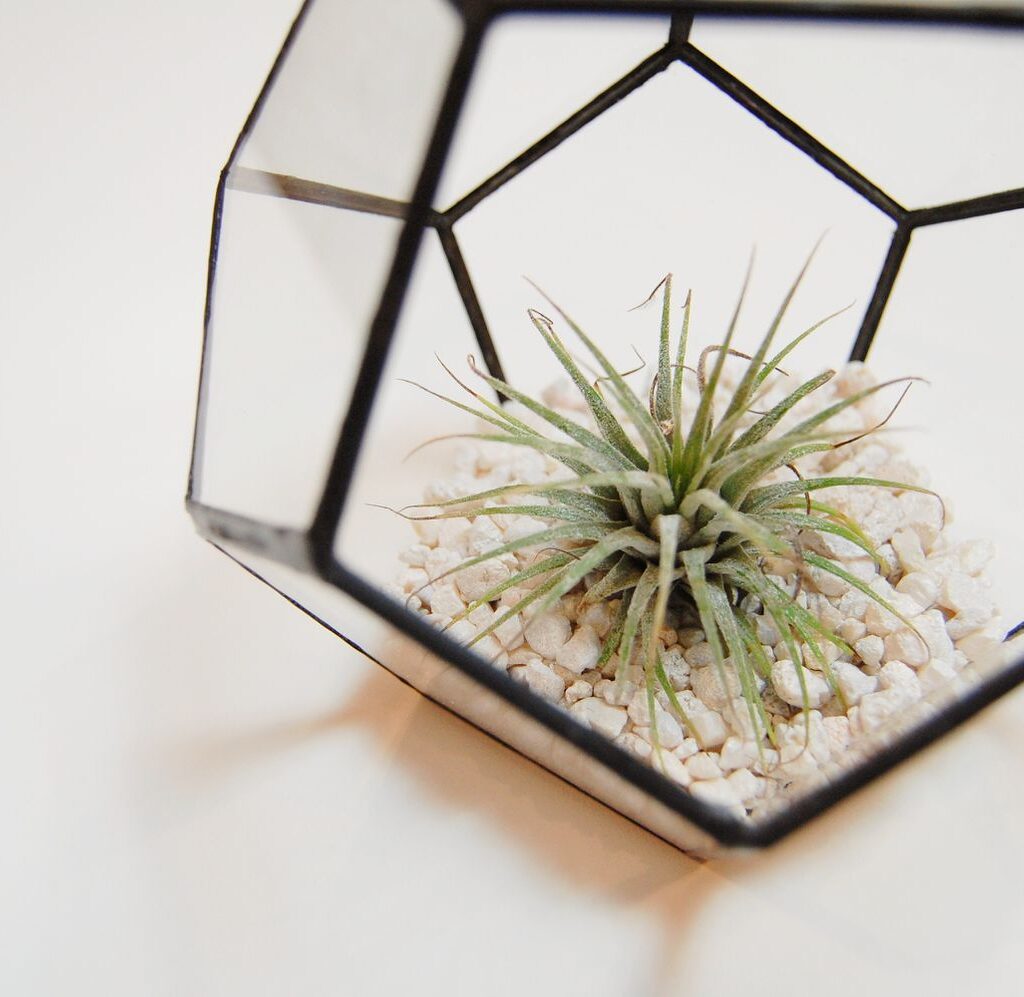
What Are Air Plants?
Air plants belong to the Bromeliad family and are native to forests, mountains, and deserts of Central and South America. Unlike most plants, air plants do not rely on soil for nutrients. Instead, they absorb moisture and nutrients through their leaves from the air and rain.
Their roots serve primarily to anchor themselves to surfaces such as tree branches, rocks, or even man-made objects. This unique growing habit makes air plants incredibly versatile for decorative uses—they can be mounted, hung, or placed in creative containers.
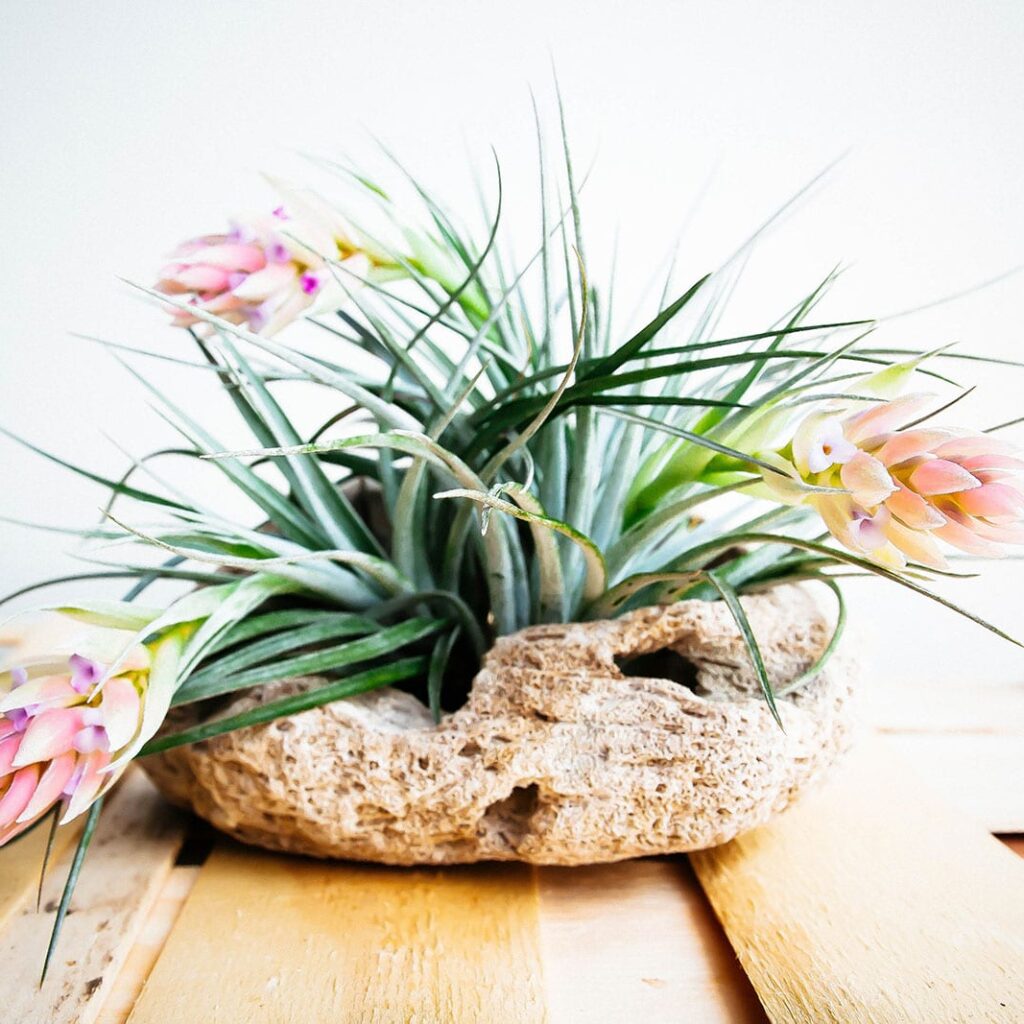
Why Choose Air Plants?
- Low Maintenance: No need for soil, less watering compared to traditional houseplants.
- Space-Savers: Ideal for small apartments or offices.
- Versatile Decoration: Can be displayed in terrariums, on driftwood, shells, or even suspended in glass orbs.
- Air Purifiers: Like many plants, they help improve air quality by filtering toxins.
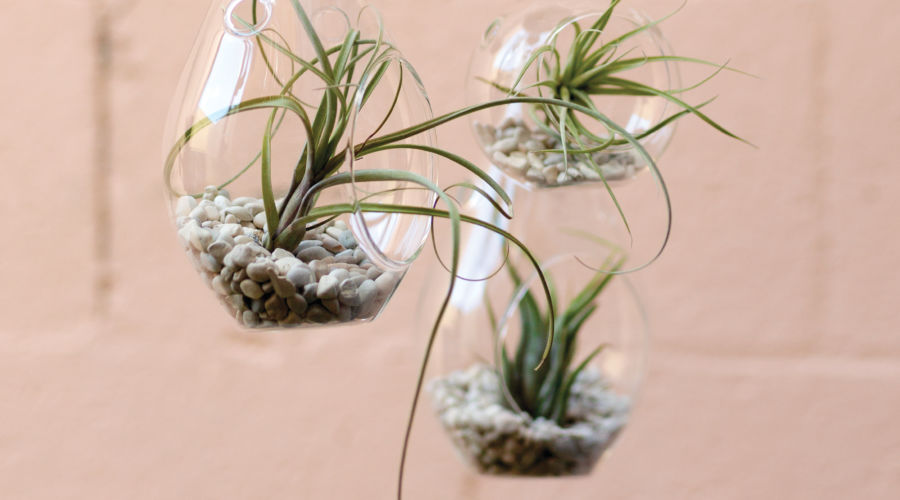
Efficient Air Plant Care: Step-by-Step Guide
1. Light Requirements
Air plants thrive in bright, indirect light. Placing them near a window with filtered sunlight or under fluorescent lighting works perfectly.
- Avoid direct sunlight for extended periods as it can dry out or scorch their leaves.
- If indoors, a bright room near east or west-facing windows is ideal.
- If kept outdoors, place them in a shaded spot that gets dappled sunlight.
2. Watering Your Air Plant
Watering is the most crucial part of air plant care and also where many beginners struggle. Since they don’t grow in soil, their moisture needs are unique.
How often to water?
- Typically, once a week is sufficient.
- In dry or hot climates, you may need to water 2-3 times per week.
- In humid climates, every 10-14 days might be enough.
Watering Methods:
- Soaking: The most recommended method is soaking. Submerge your air plant in room temperature water for 20-30 minutes. After soaking, gently shake off excess water.
- Misting: As a supplemental method, mist the plant lightly 2-3 times a week, especially in dry indoor environments.
Important: After watering, allow your air plant to dry completely before placing it back in its display. Leaving them wet can cause rot.
3. Air Circulation
Good air circulation is essential for air plants to thrive. Since they absorb nutrients and moisture from the air, stagnant environments can lead to mold or rot.
- Avoid keeping air plants in closed terrariums without ventilation.
- Ensure your home or office has some airflow around the plants.
- After watering, place the plants somewhere they can dry quickly, such as near a fan or an open window.
4. Temperature and Humidity
Air plants prefer temperatures between 50°F (10°C) and 90°F (32°C). They are not frost-tolerant and should be brought indoors during cold weather.
- They appreciate humidity, especially in drier homes.
- If you live in a dry climate, increase misting frequency or place a humidity tray nearby.
5. Feeding and Fertilizing
While air plants don’t need soil nutrients, they still benefit from occasional fertilizing to promote growth and blooming.
- Use a bromeliad or air plant-specific fertilizer diluted to 1/4 strength.
- Apply the fertilizer once a month during the growing season (spring through summer).
- Fertilizer can be added to the water during soaking.
6. Repotting and Mounting
Since air plants don’t grow in soil, “repotting” usually means changing their display or mounting.
- Mount on driftwood, shells, stones, or hang in decorative holders.
- Secure gently with non-toxic glue or fishing line if needed.
- Make sure the mounting allows good air circulation.
7. Common Problems & Solutions
- Brown or Crispy Leaves: Usually caused by underwatering or too much direct sun. Increase watering and move to indirect light.
- Rotting Base: Often from overwatering or poor drying after watering. Cut away rotted parts and reduce watering frequency.
- No Growth or Blooming: May need more light or fertilizer.
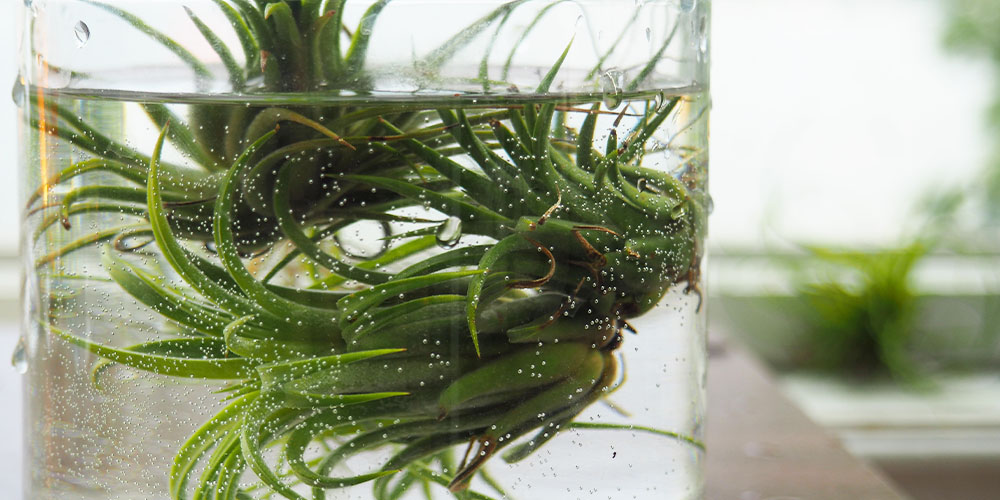
Fun Ways to Display Your Air Plants
Air plants are extremely versatile and fun to decorate with:
- Hang them in glass orbs or terrariums with decorative stones or sand.
- Place them in geometric wireframes for a modern look.
- Use them as table centerpieces mounted on driftwood or cork bark.
- Create living wall art by attaching multiple air plants to a wooden frame.
- Incorporate them into wreaths or holiday decorations for year-round charm.

How to Propagate Air Plants
Air plants reproduce by producing “pups” or offsets after blooming.
- Wait until pups are about one-third the size of the mother plant before separating.
- Gently twist or cut pups away from the mother plant.
- Care for pups the same way as mature plants, gradually increasing watering as they grow.
FAQs About Air Plant Care
Q: Can I water air plants with tap water?
A: Yes, but if your tap water is hard or heavily chlorinated, it’s better to use filtered or rainwater.
Q: How long do air plants live?
A: With proper care, air plants can live for several years, often blooming once in their lifetime before producing pups.
Q: Can air plants grow outdoors?
A: Yes, in climates that don’t experience frost, air plants can thrive outdoors with proper light and moisture.
Conclusion: Mastering Efficient Air Plant Care
Caring for air plants efficiently involves understanding their unique needs: bright indirect light, proper watering, good air circulation, and occasional feeding. They are forgiving plants but respond best when given the right environment.
With their minimal soil requirements, versatility, and striking appearance, air plants are a fantastic choice for anyone looking to add a touch of green to their space without the fuss of traditional gardening. By following the tips above, you’ll enjoy thriving, beautiful air plants that add a natural, artistic vibe to your home or office.

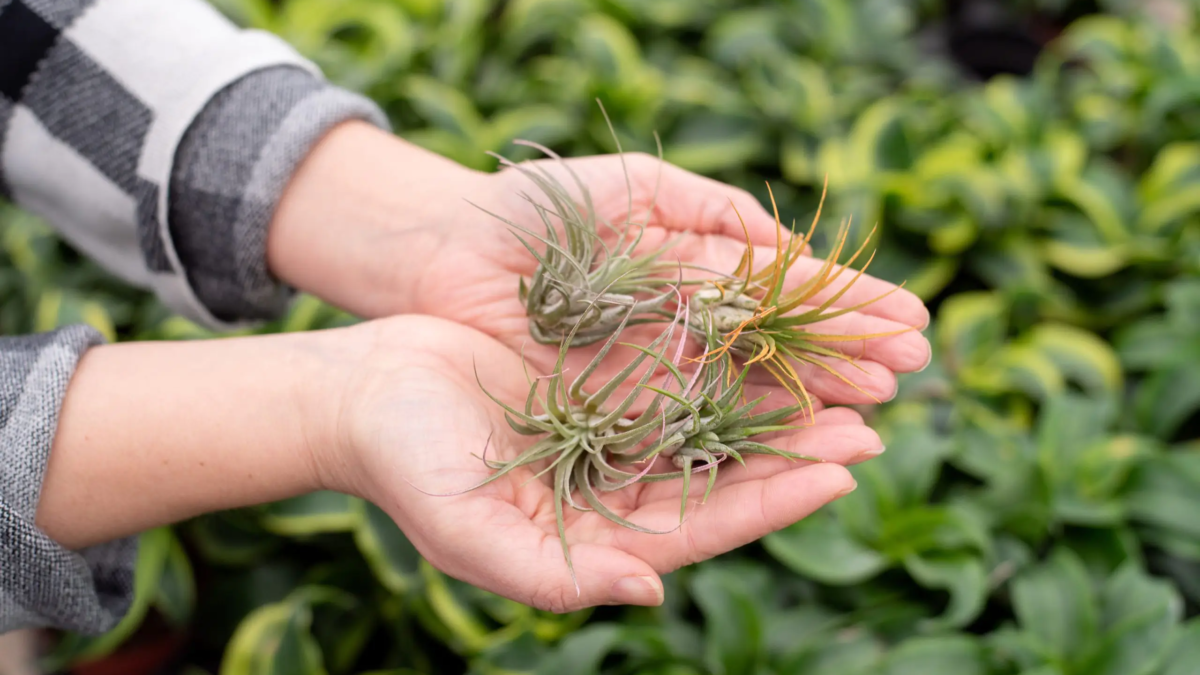




Leave A Comment